This is a scan of the chapter plan for my ‘avant-pulp’ novel Road Rage! which I found filed among quote sheets and other bumf when I updated the Press section of this site.
The manuscript was written over the course of a two week period in 1995. From memory I wrote this plan about halfway in (i.e. once I’d reached about Chapter 7 or 8) because I needed to organise the remaining chapters. I’m amazed that it survived.
It is odd to see this piece of yellowing A4 and its sparse contents; the cringe-making use of words like ‘shag’; the ‘daisy-wheel’ printer type from the Amstrad word processor I used at the time. All seem to belong to another age.
Because it was another age.
Strange too to remember the writing process, which was: do no research whatsoever, write a minimum of one chapter per day, and try to ensure there is at least one ‘transcendent act’ (as I would say when talking about this at the time) of sex or violence per chapter. The idea to write ‘a crusty novel’ along these lines, using a process that consciously explored connections between an imagined pulp productivity and automatic writing, had been reinforced in a throwaway conversation one afternoon in Endcliffe Park, Sheffield with friends Tim, Roy and Robin when I was visiting that city.
Writing Road Rage!, getting it published, was a way of contributing to what I saw as a kind of ‘conversation’ about London, about British pulp fiction generally and the ‘Richard Allen’ skinhead novels in particular that was being conducted in print around the east London where I lived at the time. This appropriation of Allen’s novels had been anticipated in the mid-1980s by the aforementioned Roy Bayfield who incorporated the books into his rambling spoken-word-act-come-job at the Zap in Brighton. It was also prefigured by the appropriation of skinhead imagery in the work of artists including Gilbert and George, Psychic TV, and independent artist film-maker John Smith with his short film OM (1986).
In the early 1990s I was tuning in to this conversation via novels like Victor Headley‘s Yardie, which was published by the then London Fields-based X-Press and was for sale in various local newsagents, and Stewart Home‘s Red London, which was set in and around the home in Grove Road, Mile End, that would become known after it was demolished as Rachel Whiteread’s House.
I didn’t know when I started who might want to print this, but I’d wanted to make a connection, too, with Michael Moorcock’s pulpier sword-n-sorcery novels from the late 1960s and early 1970s which were written at the breakneck speed of three days per volume (putting my ‘chapter-a-day’ regime to shame of course).
Road Rage! takes some liberties with the ‘sprawling consensual hallucination that is Hackney’, chiefly by relocating a lightly-drawn (no research, remember) analogue of the then M11 Link Road protests (which centred around the proposed ‘East Cross Route’ in Leytonstone) a few miles west to Well Street, E9. Events take place in a number of expedient and/or contingent locations around Well Street and London Fields: in the Pub on the Park, on Hackney Central railway station and the trains of the North London Line, in the Hackney DSS office and a still markedly pre-gentrification Broadway Market that would be unrecognisable now. This was where I lived at the time.
Looking at the chapter plan again, my gaze is drawn to the blue felt-tip pen drawings at the foot of the page. I’m aware that these ‘sketches towards’ a ‘runic pictogram’ of a tree that I’d realised was needed at a particular point in the story may have taken fewer minutes to refine than there are iterations here.
Whether I realised it at the time or not, it seems obvious now that this device was almost certainly psychic cross-inspired (see left, and this blog thread on John Eden’s uncarved.org). Judging from the second sketch (counting from L-R) in particular, I effectively did little more than move a couple of the horizontal bars around (see figs.1 and 2 below). It would appear that I immediately circled and ticked the fifth attempt (where two bars are used to form an inverted chevron above the central cross-piece), as if to say, ‘That’ll do.’
It’s interesting the kinds of sources that a deadline forces one to draw upon. In the case of Road Rage! this extended to more than simply adapting the psychic cross symbol that was marked out in studs on what by then was Barry and Nick‘s front door down the street. Having mentioned John Smith’s OM, above, it seems obvious that the barbershop scene which opens chapter two of Road Rage! incorporates an unconscious reference to that film. In those pre-YouTube days I had only seen OM once, when Smith came and did a talk to our year on the Fine Art course at the then Sheffield Poly in perhaps 1988. I had practically fallen out of my chair to see that the film’s central character was played by an old friend of mine at the time. After the screening I asked Smith how he’d come to cast John Harding in this role and he said something like, ‘Oh they were just some Psychic Youth art school skinhead types who lived down the road from me in Forest Gate.’
There is another surprise in this chapter plan. I had completely forgotten that at any stage I was considering Chapter 12 or 13 taking place at a ‘Julian Cope concert’, even one accompanied by that tentative question mark. I have also, unfortunately, forgotten why I changed my mind and crossed it out. Maybe there was a gig happening that week which I couldn’t get to.
I loved and still love David McCairley‘s dramatic photograph that was used (see above) for the front cover of the Low Life paperback of Road Rage! The picture was taken that same year at a demonstration outside Hackney Town Hall protesting evictions from some squatted former office buildings on the opposite side of the road. There’s another blog to be done about George Marshall’s short-lived Low Life imprint. Too much to say here, other than that I am indebted to him as ever.
Some press is collected here, but this is what Steve Beard wrote in i-D magazine when Road Rage! was published, nailing that early 1990s moment at least as far as Victor Headley and Stewart Home:
Who would have guessed that Richard Allen’s range of ’70s bootboy novels would have proved so influential? First Stewart Home samples the speed and aggression in order to turn round the political message and make the link with Burroughs and Blake; then Victor Headley steals a few riffs to draw up a map of the Black Atlantic in London. […] what subculture could be appropriated next? Tony White’s Road Rage makes it clear. Mixing psycho-social realism and techno-pagan fantasy, Tony White stakes out a position between Stewart Home and Martin Millar to offer a vision of London which is romantic, revolutionary and conservative all at the same time. […] a signpost to the fantastic worlds of a Michael Moorcock or an Alan Garner.
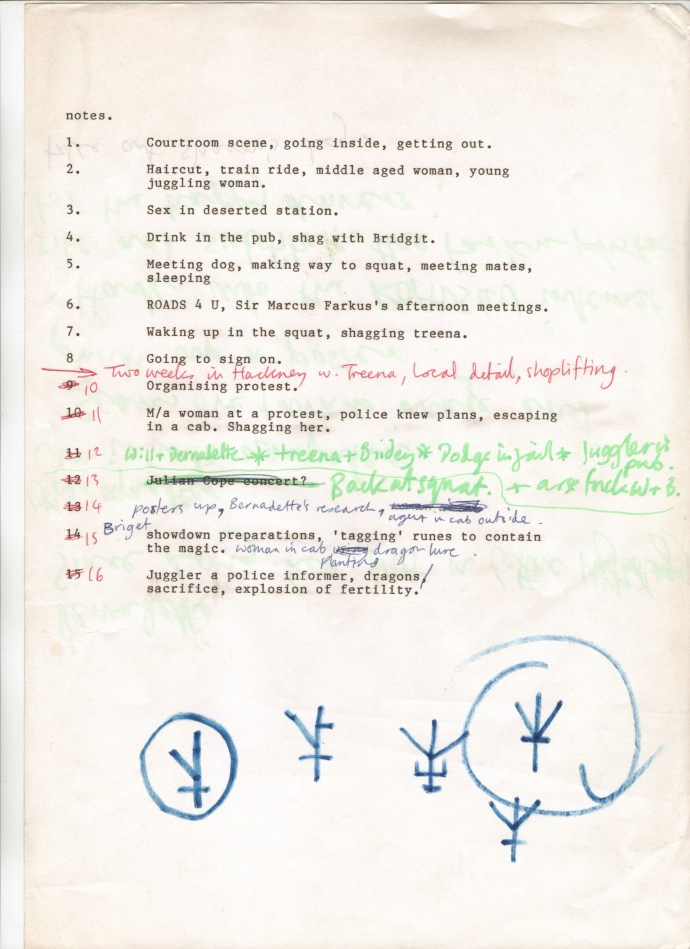
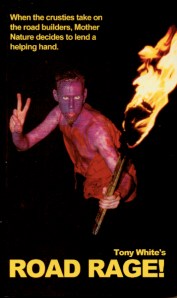

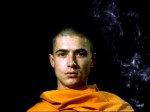
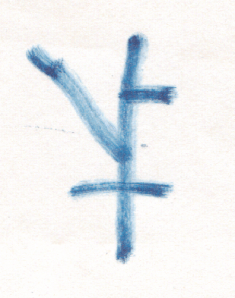
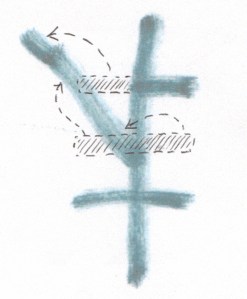

Pingback: Tweets that mention Road Rage archive #1 « Piece of Paper Press -- Topsy.com
Pingback: Et tu, BRUTE! « Piece of Paper Press